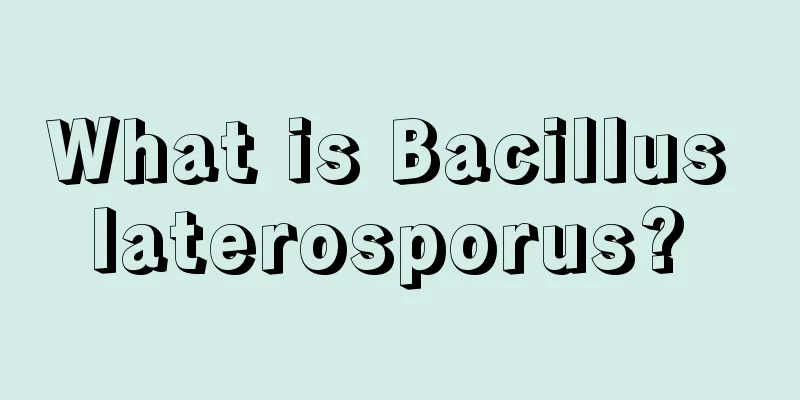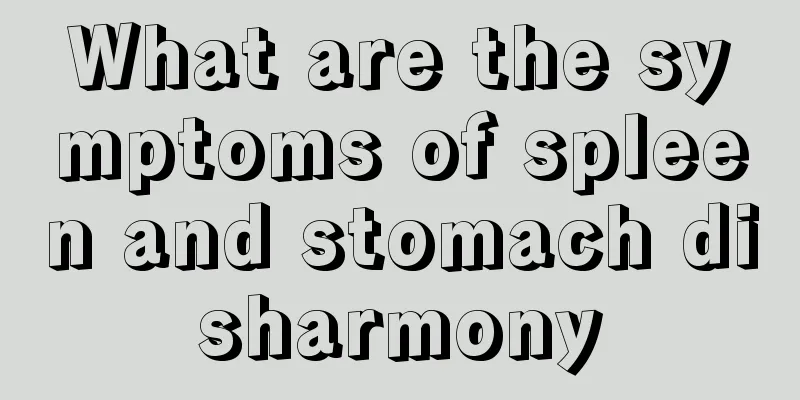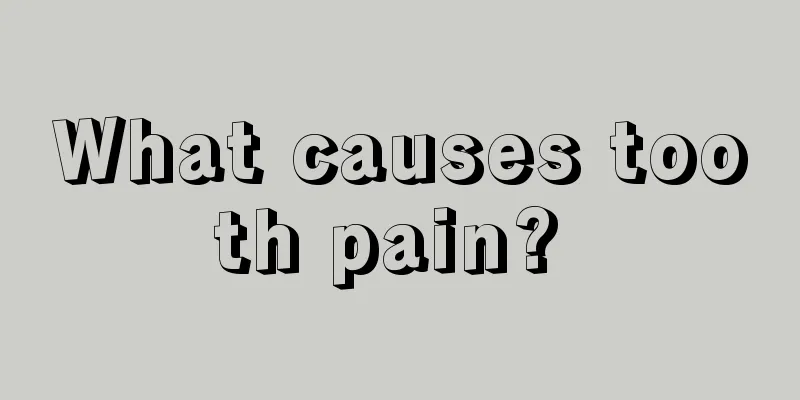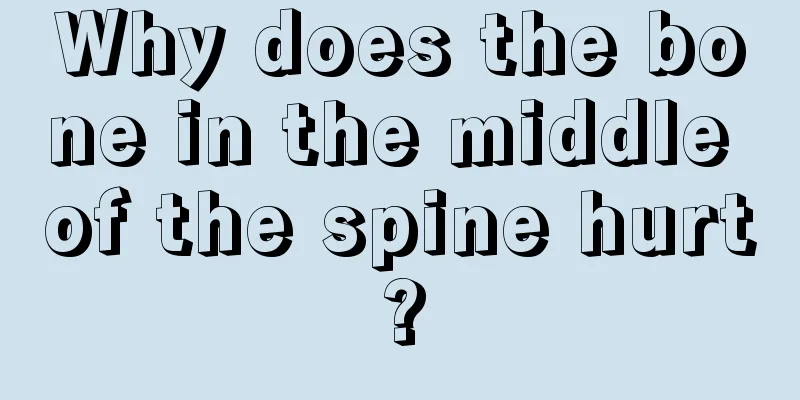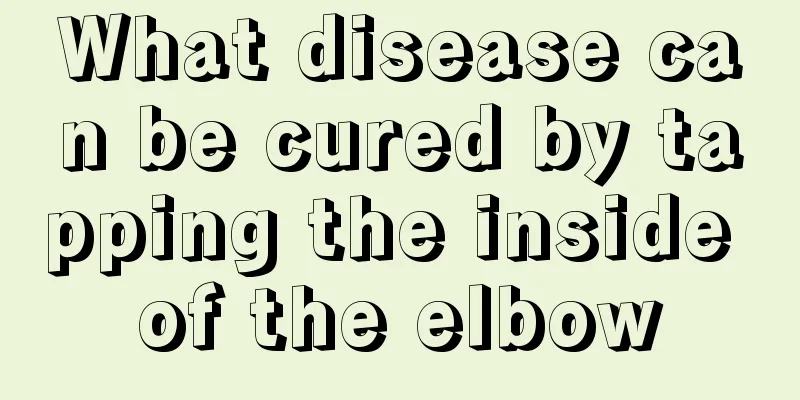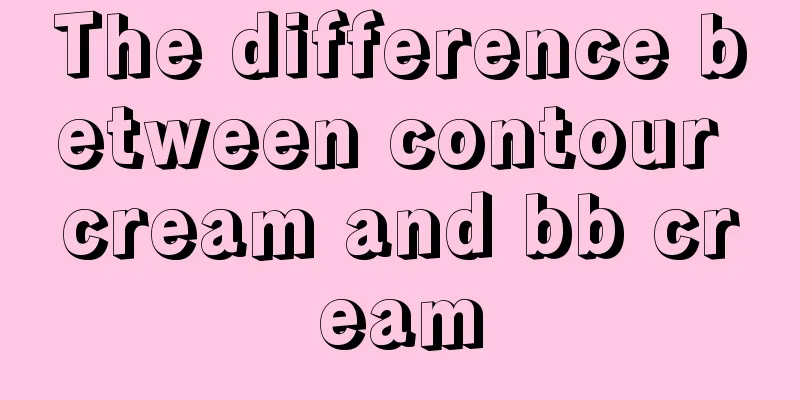What are the steps for branchial cleft cyst removal
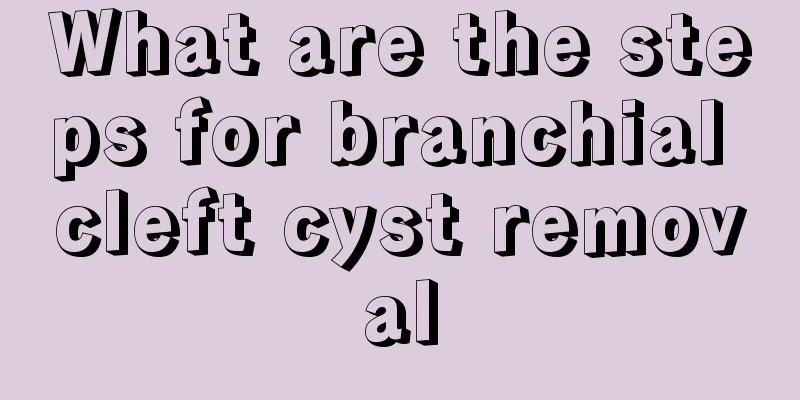
|
Branchial cleft cyst is a common disease in clinical practice. It is also a congenital disease, which is closely related to the development of the embryo. Branchial cleft cyst is prone to occur in people of all ages. Therefore, when treating, we must consider the characteristics of their age and pay attention to prescribing the right medicine. The growth rate of branchial cleft cyst is relatively slow, but when it grows up it will also have a certain impact on people's body and life. Therefore, the problem of branchial cleft cyst must be treated in time. Surgery is the fundamental method to treat branchial cleft cyst. The removal of branchial cleft cyst also has many steps, which need to be done step by step, so that the surgical effect will be better. 1. Incision A longitudinal incision is made along the front edge of the sternocleidomastoid muscle. The length of the incision should be equal to or slightly longer than the size of the cyst. Alternatively, a transverse arc-shaped incision can be made below the mandibular angle and on the surface of the cyst. 2. Expose the cyst According to the incision design, the skin, subcutaneous tissue and platysma muscle are cut open, the external jugular vein is ligated and cut off, the sternocleidomastoid muscle located superficial to the cyst is separated and pulled back to expose the cyst. 3. Removal of cyst Start from the bottom of the cyst, gradually separate the internal jugular vein and carotid artery deep in the cyst, and then gradually separate upwards along the cyst wall. Because the cyst wall is often adhered to the internal jugular vein, blunt separation should be performed with caution to avoid damaging the internal jugular vein, common carotid artery, internal and external carotid arteries, and vagus nerve. When separating the cyst from the deep surface behind the upper part of the sternocleidomastoid muscle, it is also necessary to avoid damaging the accessory nerve. The anterior wall of the cyst is sometimes adhered to the common facial vein, so caution should be exercised when separating the anterior wall. If necessary, the common facial vein can also be ligated and cut off. When separating to the deep surface of the digastric muscle, the cyst needs to be separated from the muscle belly, and care must be taken to avoid damaging the hypoglossal nerve. Continue to separate in this way and the cyst can be completely removed. However, if the cyst protrudes toward the lateral wall of the pharynx through the internal and external carotid arteries, it needs to be completely removed when the lateral wall of the pharynx is separated. If a duct is found connecting the cyst to the pharynx, the duct needs to be removed and a purse-string suture should be made on the pharyngeal mucosa. 4. Suture The wound cavity was flushed, and after complete hemostasis, it was sutured in layers and a drainage strip was placed. |
<<: How to treat vaginal wall cyst
Recommend
How long is the life expectancy of early melanoma
Malignant melanoma is a malignant tumor originati...
What are the symptoms of spinal lymphoma
Lymphoma is a disgusting tumor. In the early stag...
What are the clinical manifestations of gallbladder polyps?
The clinical manifestations of gallbladder polyps...
How to improve enlarged pores on hands
We all know that for many men or women, enlarged ...
Experts explain the causes of melanoma for you
Nowadays, melanoma has been plaguing patients for...
Experts introduce postoperative care measures for cardiac cancer
Patients with cardia cancer must pay attention to...
What skin conditions can be treated with ozone?
The skin is the part of the epidermis that is exp...
What are the symptoms and characteristics of hamartoma
In our daily life, we should not only focus on wo...
Can vitamin b2 be applied externally?
Most people are familiar with vitamin B2. Vitamin...
Table lamp is the "king of radiation" of household appliances
Modern life cannot be separated from electrical a...
Summer life and health
Every summer, people have to face the troubles an...
How many teeth does a normal person have
Children usually grow deciduous teeth about 6 mon...
What are the symptoms of spring catarrhal conjunctivitis
The eyes are one of the most vulnerable and most ...
What to do if you have bloating and constipation
Belly distension and constipation are very common...
